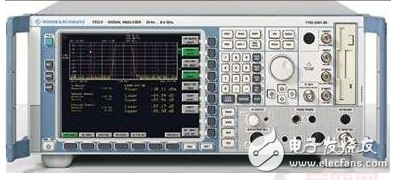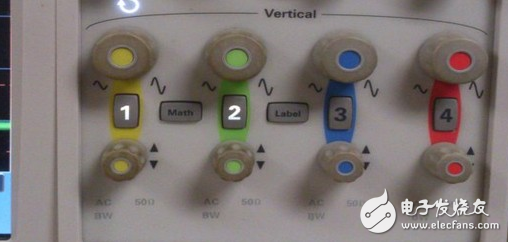Modern spectrum analyzers use software radio design: build a versatile hardware platform and softwareize the functions, making modern spectrum analyzers have the characteristics of “software-defined instrumentsâ€, while maintaining the hardware platform basically unchanged. By updating the software, the spectrum analyzer can integrate many instruments, such as receivers, power meters, frequency meters, and network analyzers, greatly expanding the measurement capabilities and applications of the spectrum analyzer. Modern spectrum analyzers are developing rapidly. Various spectrum analyzers have appeared for different application requirements. Different types of spectrum analyzers have different performance indicators and functional configurations.
1. Channel power test: Test the sum of the intermediate frequency power and the area width in the specified area. In summary, it is to test the total signal power or the total noise power in the specified frequency band.
2. Adjacent channel power test: It can measure the uplink and downlink carrier power strength of adjacent channel leakage. In summary, a variety of test methods including total power, reference level strength, and in-band test can be selected to accurately test the carrier power strength.

3. Measure the electromagnetic field strength between the circuit or the device on the PCB: The spectrum analyzer can only test the electrical signal, but with the antenna and different probes, the field strength can be tested. For example, the DSA815 can test signals within 1.5G. With the antenna, you can test the Internet of Things, RFID and other signals. With the near-field probe, you can test the signals of electric and magnetic fields. You can also test the generator by making an electric field and magnetic field sensor connected to the spectrum analyzer.
4. Marker measurement: For example, MSA-338 has two modes: one is the normal mode, which displays up to 7 active frequency points of the test point and up to 3 active level values; the other test mode is called DELTA test mode, which can be compared 2 The frequency and level of the test points.
5. Peak search: There are two types, one is full frequency peak search, and the other is range search.
6. Occupied bandwidth test.
2. The function of the oscilloscope is introduced first, the trigger function and automatic function of the oscilloscope.The oscilloscope's trigger function compensates for some of the drawbacks of the automatic function, which captures some transient signals and high-speed, high-frequency signals. To use this trigger function, you need to operate the oscilloscope as follows: Press the Menu button, there are three options in the mode selection, namely scroll, X-Y and standard mode, here select the "standard" mode - then press Modecoupling button, select "standard" in the trigger mode option, that is, to select two "standard", one is the "standard" in the Menu, and the other is the "standard" in Modecoupling. As shown below:

Figure 2, press the Menu button

Figure 3. Select "Standard" in the trigger mode
When using the trigger function, we need to select the type of trigger. The types of triggers are edge trigger, pulse width trigger and level trigger. We generally use edge triggering and level triggering. The level trigger must be used in conjunction with the trigger function. This function is implemented by the “TriggerLevel†button, and the edge selection can be selected by dragging the “Edge†button. There are rising edges, falling edges, and any edges. . As for the pulse width trigger, you can try it yourself. We generally only need to pass edge trigger and level trigger. The operation interface is displayed as follows:

Figure 4, the operation interface of the trigger function
Second, the oscilloscope looks at the ripple of the power supply.

Figure 5, press channel 1

Figure 6, the choice of coupling mode
The RIMA Tubular batteries engineered with an innovative tubular plate design, provide greater capacity and enhanced cycle life. The OPzV battery and OPzS battery have been specifically designed for longer life, greater reliability and strong resilience to high temperatures making them ideal for critical power applications and energy storage.
General Future:
20 years design life(25℃)
Non-spillable construction
Sealed and maintenance-free
Excellent recovery from deep discharge
High density active materials plates
Longer Life and low self-discharge design
Standards:
Compliance with IEC, BS, JIS and EU standards.
UL, CE Certified
ISO45001,ISO 9001 and ISO 14001 certified production facilities
Application:
Solar and wind power system
Communication systems
Uninterruptible power supplies
Golf cars and buggies
Alarm and security system
Electric toy and wheelchairs, etc.
Opzv Batteries,Opzs Batteries,Pzb Battery,Pzs Battery
OREMA POWER CO., LTD. , http://www.oremabattery.com
